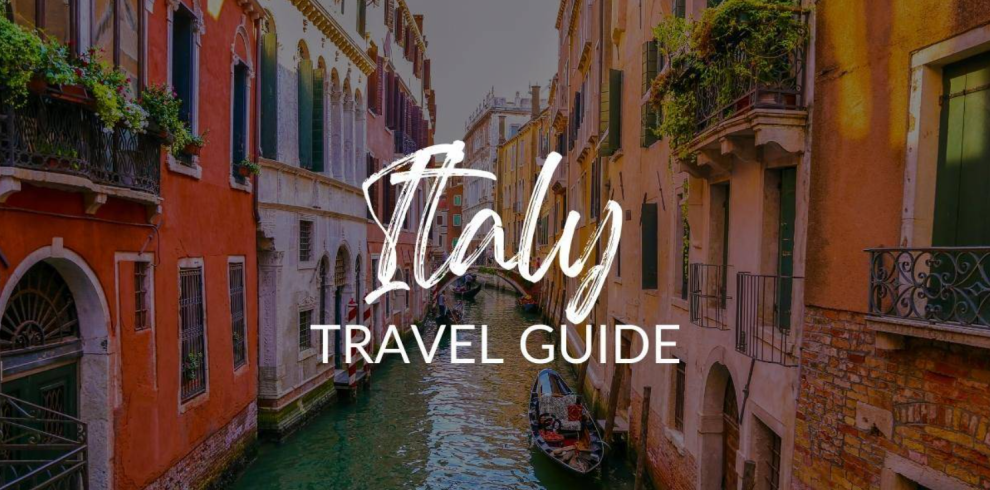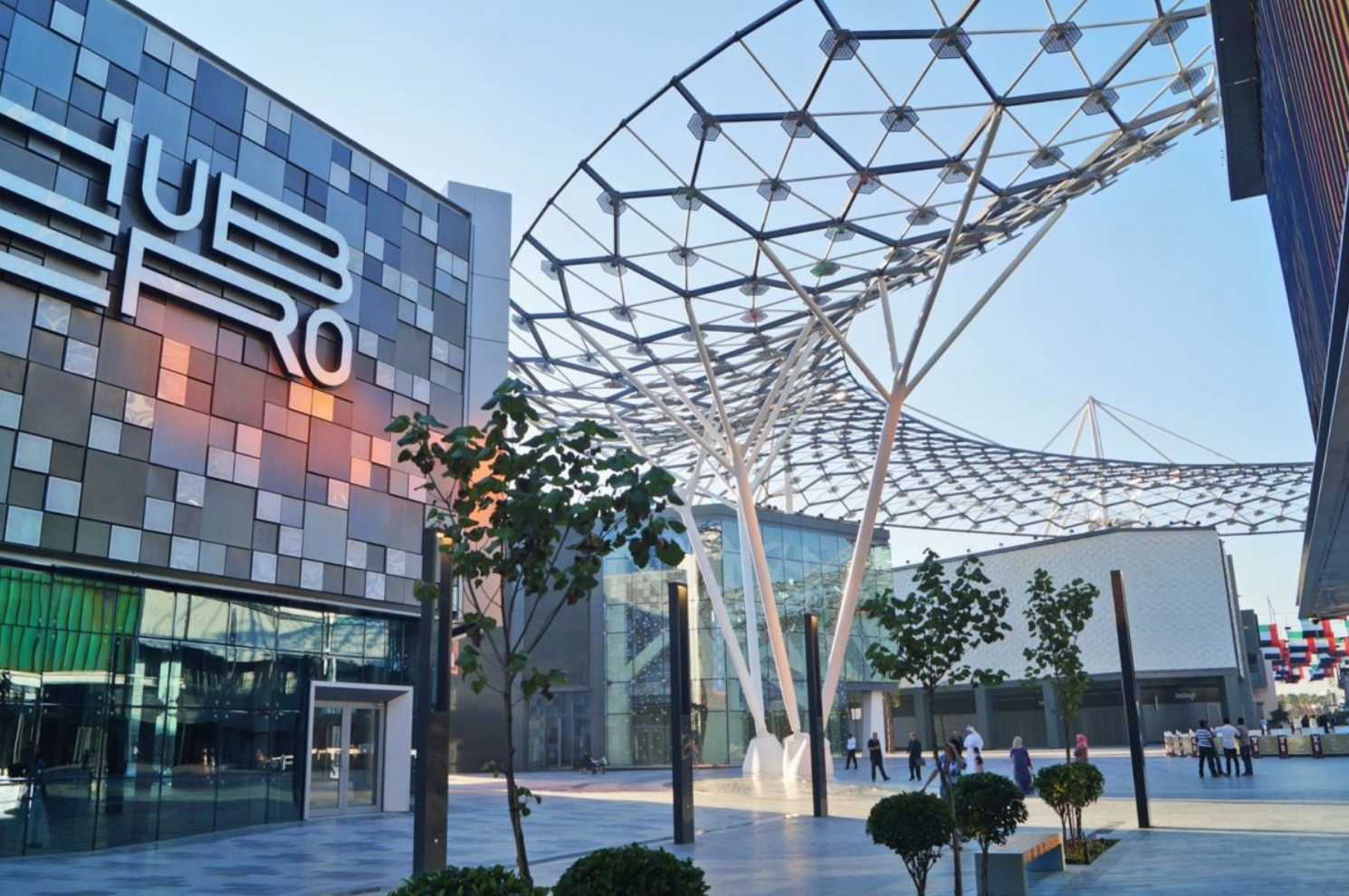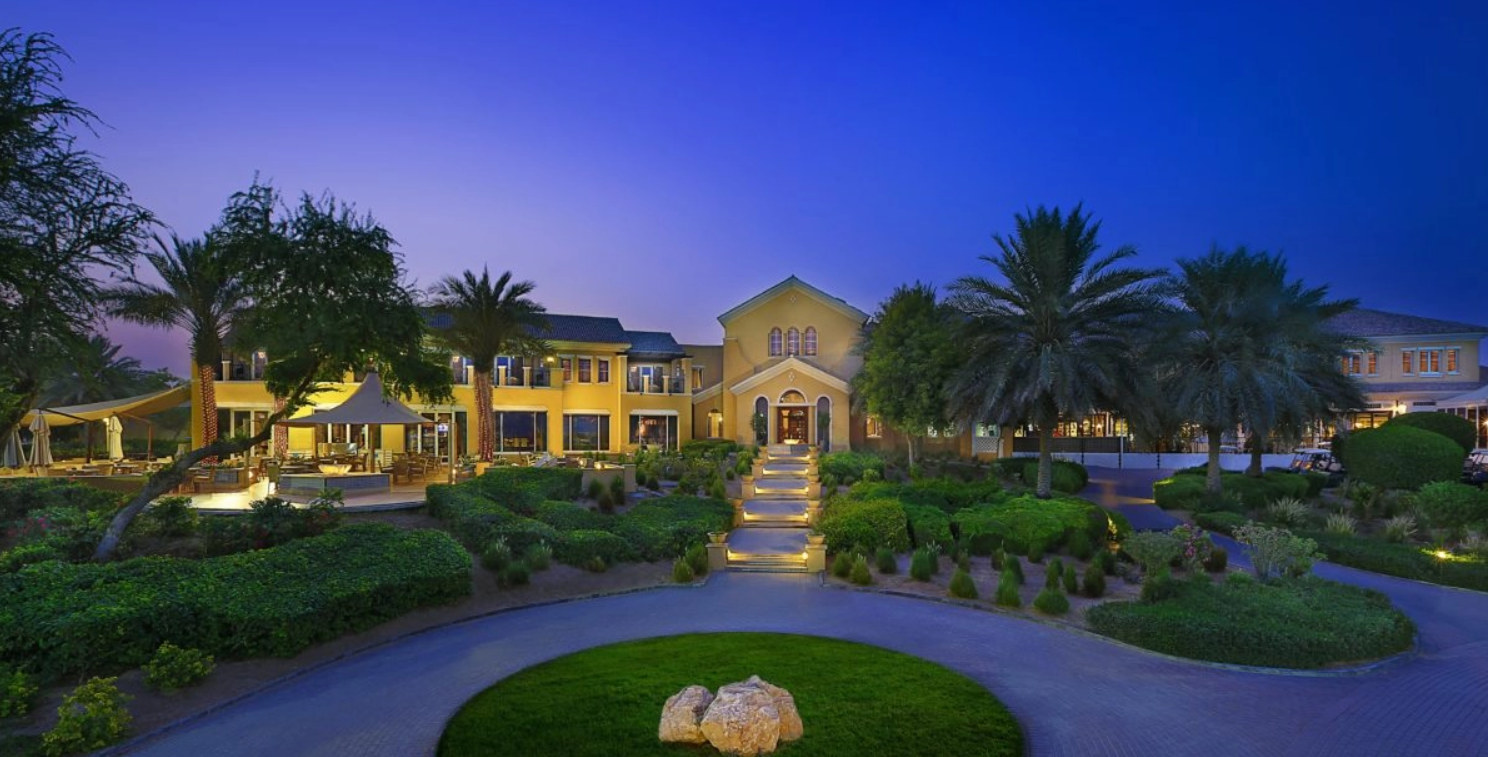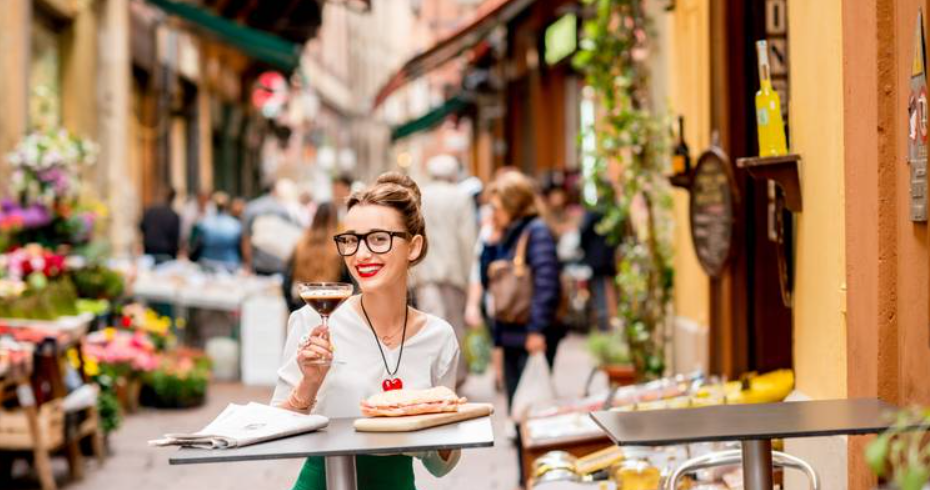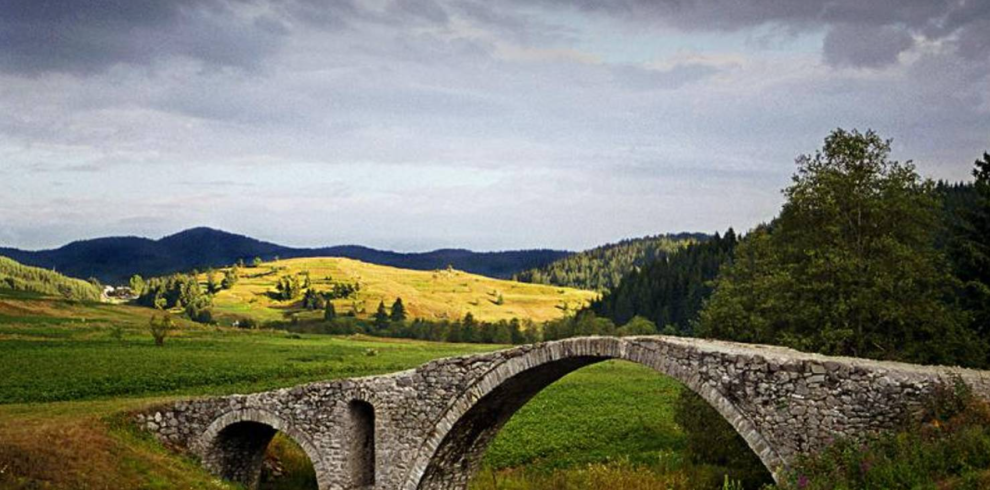Italy is a country that succeeds in pleasing everyone, from its impressive ancient ruins, culture and colourful cities to its spectacular landscapes. You could be enjoying pasta overlooking the rolling hills of Tuscany or admiring the glistening waters of the Amalfi Coast, but regardless of your unique travel dream, Italy will show you la dolce vita.
The Highlights
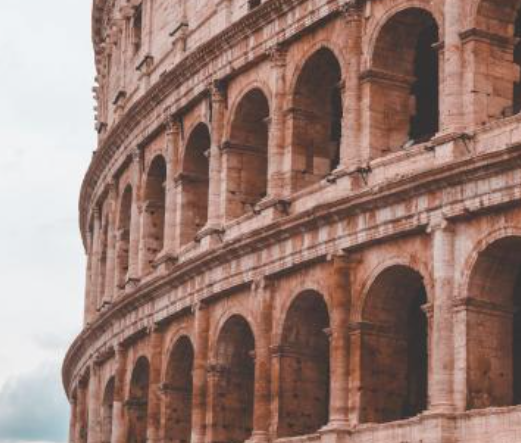
The Colosseum
Otherwise known as the Flavian Amphitheatre, the Colosseum is in the centre of Rome, and the largest amphitheatre ever built. It’s famous for its impressive long-standing structure (completed in 80AD) and the gladiatorial contests and public spectacles that occurred within its grounds.
Leaning Tower of Pisa
Much more than a simple tourist photo opportunity, the Leaning Tower of Pisa is a worthwhile visit. The bell tower took 199 years to be completed due to military battles, allowing the unstable foundation to set and keep the tower from toppling and therefore making it a huge attraction.


Lake Garda
Lake Garda is a resort area with a sweeping lake – the largest in Italy – and dramatic mountain scenery. There are plenty of Roman ruins to be explored, as well as lakeside walks at Gardone Riviera, Toscolano and more. The southern part of the lake is slightly busier than to the north.
Amalfi Coast
The Amalfi Coast is a 50km stretch of coastline, listed as a UNESCO World Heritage Site. A visit here will have you mesmerised by the lemon groves, rugged cliffs and pastel-coloured villages. Main sites include the Cinque Terre and Sorrento.


Blue Grotto, Capri
The Blue Grotto is a cave on the island of Capri in southern Italy. Sunlight enters the cave through an underground chamber that illuminates the cavern in a vivid blue hue. When the water is calm, tours on rowboats can take you into the grotto to witness the spectacle.
Pompeii
Home to Europe’s most intriguing archaeological site, the ruins of Pompeii near Naples are haunting yet fascinating. Walk around the ancient town once buried under 4-6m of volcanic ash from the looming Mt Vesuvius.

Contact Klub Advisor for personalised travel offers, dates, prices & payment options. Find out the latest travel requirements for your trip. Send your enquiry via the form below. If you’re club member, click on the icon in the right-hand corner and write to WhatsApp to start a discussion.
The Location
Italy is a European country with a long Mediterranean coastline and borders France, Switzerland, Austria, Slovenia, as well as the sovereign states of San Marino and Vatican City. It takes just over two hours to fly from Paris and London to Rome.
Capital City
Rome is centrally located within Italy and its history dates back to 753 BC, with ancient ruins scattered throughout the city, such as the Colosseum. The independent country of Vatican City is also located within Rome’s city boundaries.
Main Airport
Rome’s Leonardo da Vinci-Fiumicino and Milan’s Malpensa Airports are the busiest in Italy for international visitors, both of which are well-connected to other areas of the country.
Language Spoken
The official language of Italy is Italian. In major cities and tourist hubs, English is commonly spoken.
Currency
Italy uses the Euro. The currency code is EUR. Exchanging currency prior to your trip is a common option, but you can also exchange at your arrival at the airport or withdraw money from ATMs during your stay.
Visas
Citizens of Australia, Canada, Japan, New Zealand, and the USA and EU do not require a visa for tourist visits of up to three months. Note that the total stay within the Schengen area must not exceed three months in any six-month period.
Electricity
The electrical standards are European (220V/50hz), meaning you’ll require the Europlug/Schuko-Plug with two round prongs.
Vaccinations
No vaccinations are required or recommended for travel to Italy.
Emergency Calls
The phone number to call in case of emergency is 113 nationally for general emergencies, 112 for police and 118 for medical emergencies.
When to Visit
Peak Season
JUNE TO AUGUST
During the peak season, Italy comes alive and will see a large influx of visitors across the country. Locals will also be taking their holidays at this time – so prepare for greater crowds and slightly higher prices. The weather will be hot with average highs of 25-33°C. For visitors planning to explore the many beaches in Italy, you can enjoy ideal swimming conditions and warm water. During this time, you can join the locals in celebrating the national Italian holiday Festa Della Repubblica at the start of June. While you’re there, watch the fireworks in August while you partake in Ferragosto, another one of Italy’s biggest celebrations.
Low Season
NOVEMBER TO MARCH
In the north of Italy, there is a much higher chance of snow and it can be quite cool. This is also when the ski season starts in the Italian Alps. The further south you travel (towards Sicily) there is a much lower chance of snowfall and temperatures will be warm in some parts. Average temperatures will reach highs of 8-15°C and lows of 1-10°C. Visitors who travel during the low season will benefit from fewer crowds at museums and other major attractions. This is also the best opportunity to explore festive Christmas markets and participate in New Year’s Eve celebrations throughout Italy.
